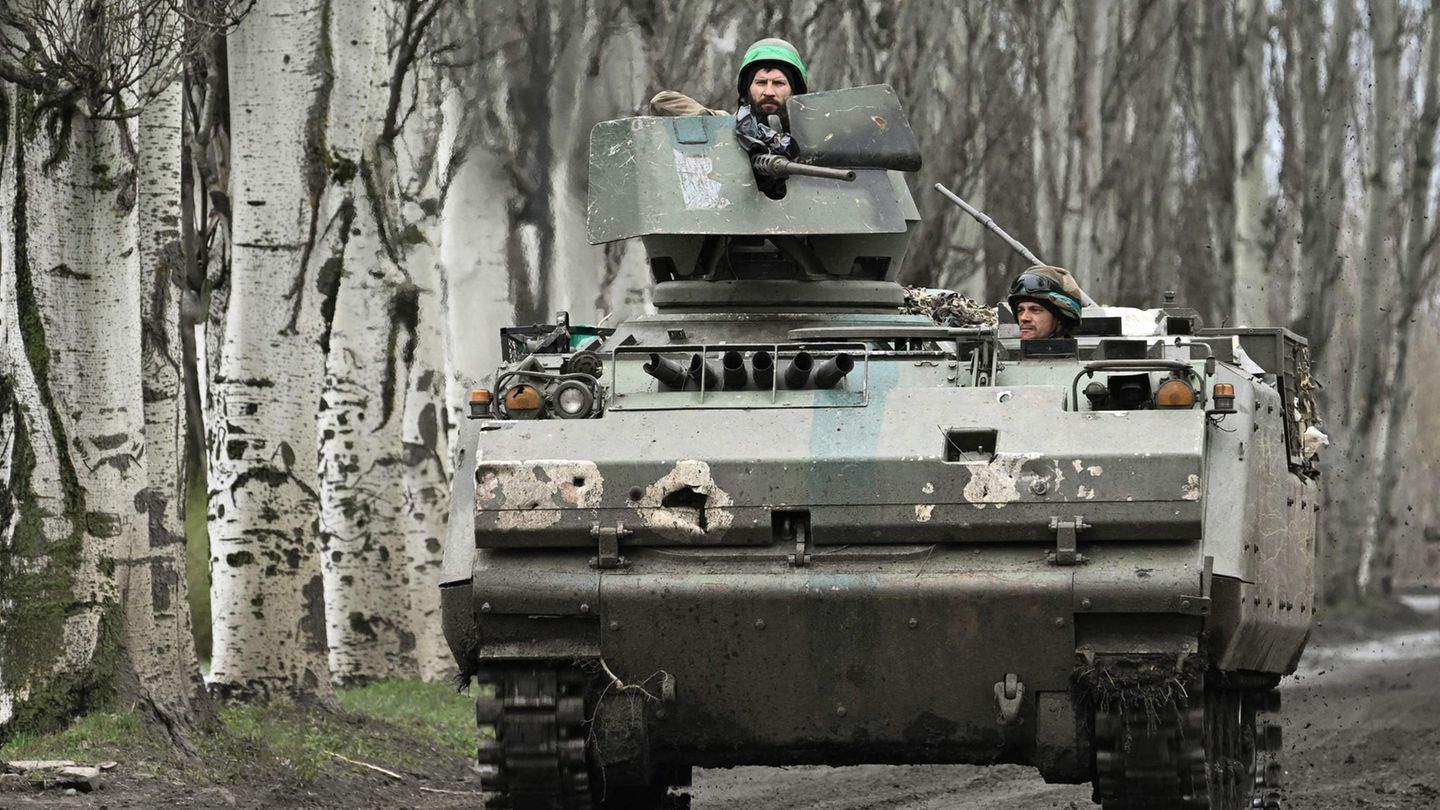According to a report by the New York Times, secret US documents on Ukraine have surfaced on social networks, which also contain information on arms deliveries. It is the first breakthrough by Russian espionage since the beginning of the war.
Allegedly classified documents about US and NATO plans to strengthen Ukraine’s military ahead of a planned offensive against the Russian occupying forces have surfaced on the internet. It was initially unknown whether the documents were genuine and who might have published them. The US Department of Defense has launched an investigation into who might be behind the publication, the New York Times reported on Thursday (local time), citing US government officials. Tough fighting continued near Bachmut, and artillery fire again caused many casualties, including civilians. Russia’s Foreign Minister Sergey Lavrov again threatened in Ankara with an end to the grain agreement.
Secret documents embellished for Moscow’s sake
According to military experts, the documents had apparently been doctored to suit Moscow, which could point to a disinformation campaign from Russia, the newspaper continued. For example, US estimates of Ukrainian losses are exaggerated, but information on Russian losses is very low.
Attempts by the US government to have the documents deleted have so far been unsuccessful, the newspaper wrote. The documents were distributed via the social media platforms Twitter and Telegram. The documents are five weeks old and contain no concrete plans for attacks or major offensives, it said. NATO in Brussels declined to comment when asked. “We never comment on alleged leaks of secret documents,” said a spokesman.
Russian military experts could still glean valuable information from the documents, such as schedules for arms deliveries or Ukrainian troop levels, the newspaper wrote. The published documents are the first known success of Russian espionage since the start of the Russian attack on the entire Ukraine in February last year.
Russia speaks of deception maneuvers
On the Russian side, the leaked documents were received with skepticism. Vladimir Rogov, a member of the military administration deployed by Moscow in the occupied southern Ukrainian region of Zaporizhia, said this was possibly a deceptive maneuver. The documents show that Ukraine has around 50,000 soldiers in the frontline. “But I think this is a classic disinformation campaign designed to mislead us that they (Ukrainian units) are not ready and we can relax,” he said.
Some of the information in the dossier is certainly true, but it is intended to create the illusion that there is still time before a Ukrainian attack. “The situation at the front says something completely different: the technology is coming and is already ready, the people have been trained on it, the number of soldiers is large enough,” warned Rogov. According to experts, the Zaporizhia region is the most likely direction for a Ukrainian counter-offensive.
According to the Ukrainian general staff, 40 Russian attacks in the Donetsk and Luhansk regions have been repelled since Thursday. The fighting continued to be particularly heavy near the town of Bakhmut in the Donetsk region. Stronger Russian attacks were also recorded at Avdiivka north and Marjinka west of the city of Donetsk. A Russian Su-25 ground attack aircraft was shot down near Marjinka.
children of war
Teenagers in Donbass – journey into everyday life in occupied Ukraine
Russia threatens to end the grain deal in May
During a visit to the Turkish capital Ankara, Lavrov again threatened to end the international agreement on grain exports from Ukraine. Russia will not extend the agreement without easing its own agricultural exports, Lavrov said on Friday. “If there is still no movement in removing barriers to Russian fertilizer and grain exports, we will consider whether we need the agreement,” he was quoted as saying by the state news agency Tass. Ukraine is one of the most important exporters worldwide. The Russian blockade raised fears of a hunger crisis in poorer countries. An agreement was then negotiated in the summer, mediated by Turkey and the UN. Since then, according to Turkish information, more than 27 million tons of Ukrainian grain have entered the world market.
Source: Stern
I have been working in the news industry for over 6 years, first as a reporter and now as an editor. I have covered politics extensively, and my work has appeared in major newspapers and online news outlets around the world. In addition to my writing, I also contribute regularly to 24 Hours World.




